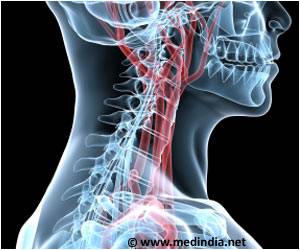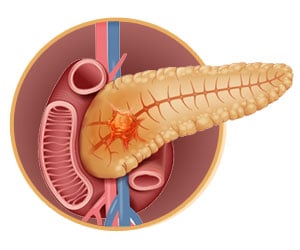Scientists from University of California, Los Angeles, have revealed a 3-D structure of bullet-shaped virus, which has the potential to fight cancer and HIV.
Scientists from University of California, Los Angeles, have revealed a 3-D structure of bullet-shaped virus, which has the potential to fight cancer and HIV.
Vesicular stomatitis virus, or VSV, has long been a model system for studying and understanding the life cycle of negative-strand RNA viruses, which include viruses that cause influenza, measles and rabies.Research has shown that VSV has the potential to be genetically modified to serve as an anti-cancer agent, exercising high selectivity in killing cancer cells while sparing healthy cells, and as a potent vaccine against HIV.
"Structures of individual rhabdovirus proteins have been reported in Science and other high-profile journals, but until now, how they are organized into a bullet shape has remained unclear," said study author Z. Hong Zhou, UCLA professor of microbiology, immunology and molecular genetics and a member of the CNSI.
"The special shape of VSV- a bullet head with a short, helical trunk- has lent to its evasion from three-dimensional structural studies," Zhou added.
They revealed the 3-D structure of the trunk section of VSV but have further deduced the architectural organization of the entire bullet-shaped virion through cryo-electron microscopy and an integrated use of image-processing methods.
"Our structure provides some of the first clues for understanding VSV-derived vaccine pseudotypes and for optimizing therapeutic VSV variants," Zhou said.
Advertisement
The study appears in journal Science.
SAV














